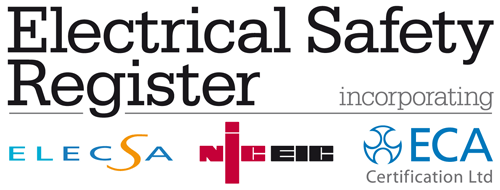Emergency lighting is an essential aspect of building safety in the United Kingdom. It is designed to provide illumination in the event of a power outage or emergency situation, enabling occupants to safely evacuate the building.
In the UK, emergency lighting is governed by a number of regulations that must be followed by building owners and managers. The most important of these regulations are outlined below:
The Regulatory Reform (Fire Safety) Order 2005
This legislation requires all non-domestic buildings to have emergency lighting installed in all escape routes, such as corridors, stairwells and exits. The emergency lighting must be capable of providing sufficient illumination for at least three hours in the event of a power failure.
for at least three hours in the event of a power failure.
British Standard BS 5266-1:2016
This standard provides guidance on the design, installation, commissioning and maintenance of emergency lighting systems. It sets out the requirements for the minimum amount of illumination needed, as well as the location and types of luminaires that should be used.
Health and Safety (Safety Signs and Signals) Regulations 1996
These regulations require that all emergency lighting systems be clearly marked with appropriate signs and symbols. These signs must be visible at all times, even when the lighting is not activated.
Building Regulations 2010
This legislation requires that all new buildings and major refurbishments comply with certain energy efficiency standards. This includes the use of energy-efficient lighting, which can be incorporated into emergency lighting systems to help reduce energy consumption.
In addition to these regulations, it is important to note that regular maintenance and testing of emergency lighting systems is essential to ensure their effectiveness. This includes monthly function tests and annual full discharge tests, as well as regular visual inspections to ensure that all luminaires are working correctly and in the correct locations.
Building owners and managers have a legal responsibility to comply with all emergency lighting regulations and ensure that their systems are fully functional at all times. Failure to do so can result in serious consequences, including fines, legal action and, most importantly, the safety of building occupants being put at risk.
In summary, emergency lighting regulations in the UK are comprehensive and designed to ensure the safety of building occupants in the event of an emergency. Compliance with these regulations is essential, and building owners and managers must ensure that their systems are regularly maintained and tested to guarantee their effectiveness.
 Office - 01494 623 006
Office - 01494 623 006 


